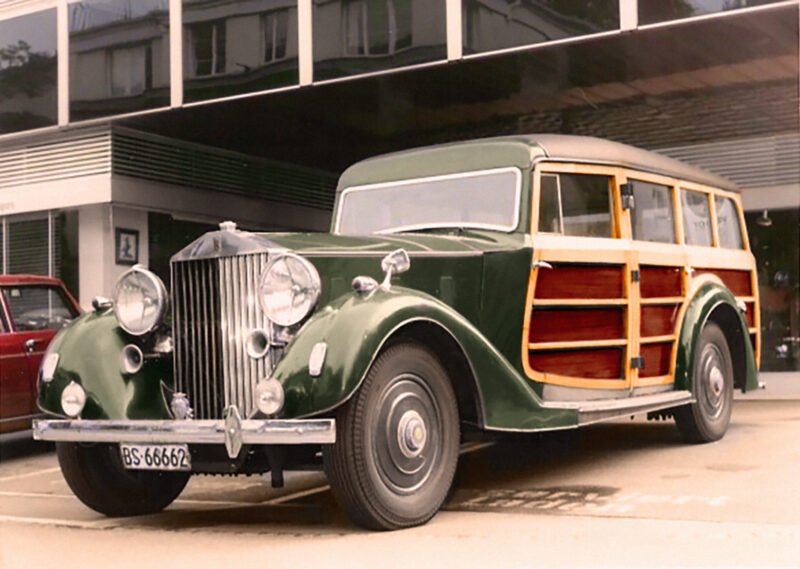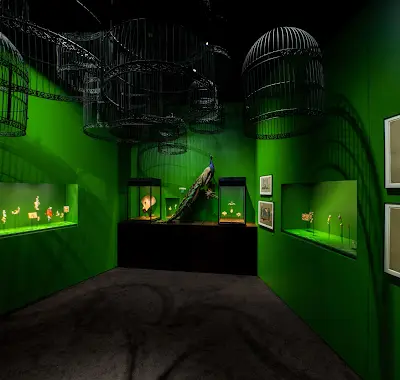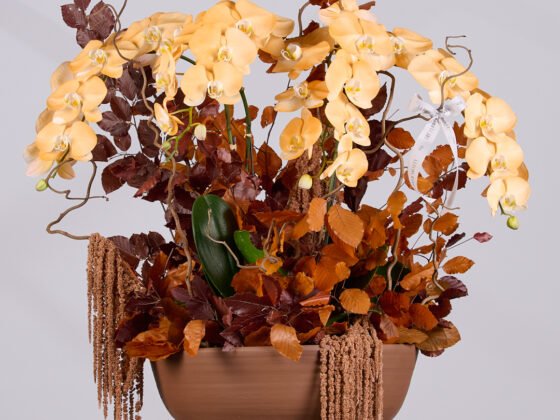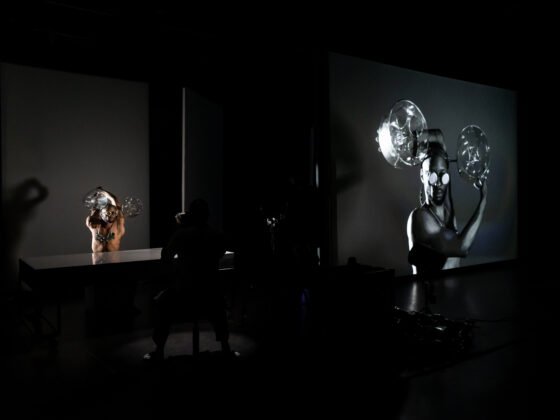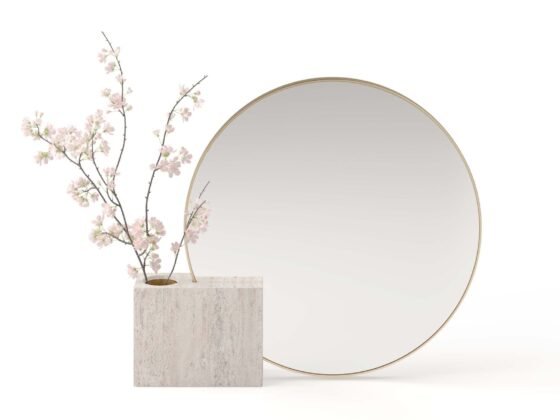For a century, the Rolls-Royce Phantom has glided through the corridors of art, culture, and history—silently commanding presence not only as an engineering marvel but also as an enduring muse for some of the greatest creative minds. As it marks its 100th anniversary in 2025, Phantom is celebrated not just as a pinnacle of automotive luxury, but as a living canvas for artistry, imagination, and cultural influence.
From the moment it emerged in the 1920s, Phantom became more than a motor car—it was a stage for self-expression. Renowned artists, collectors, and visionaries have not only travelled in its opulent embrace but have reimagined it as part of their own creative worlds. Salvador Dalí, Andy Warhol, Henri Matisse, Pablo Picasso, and Dame Laura Knight are among the luminaries who connected with the car, often blurring the lines between transport and art.
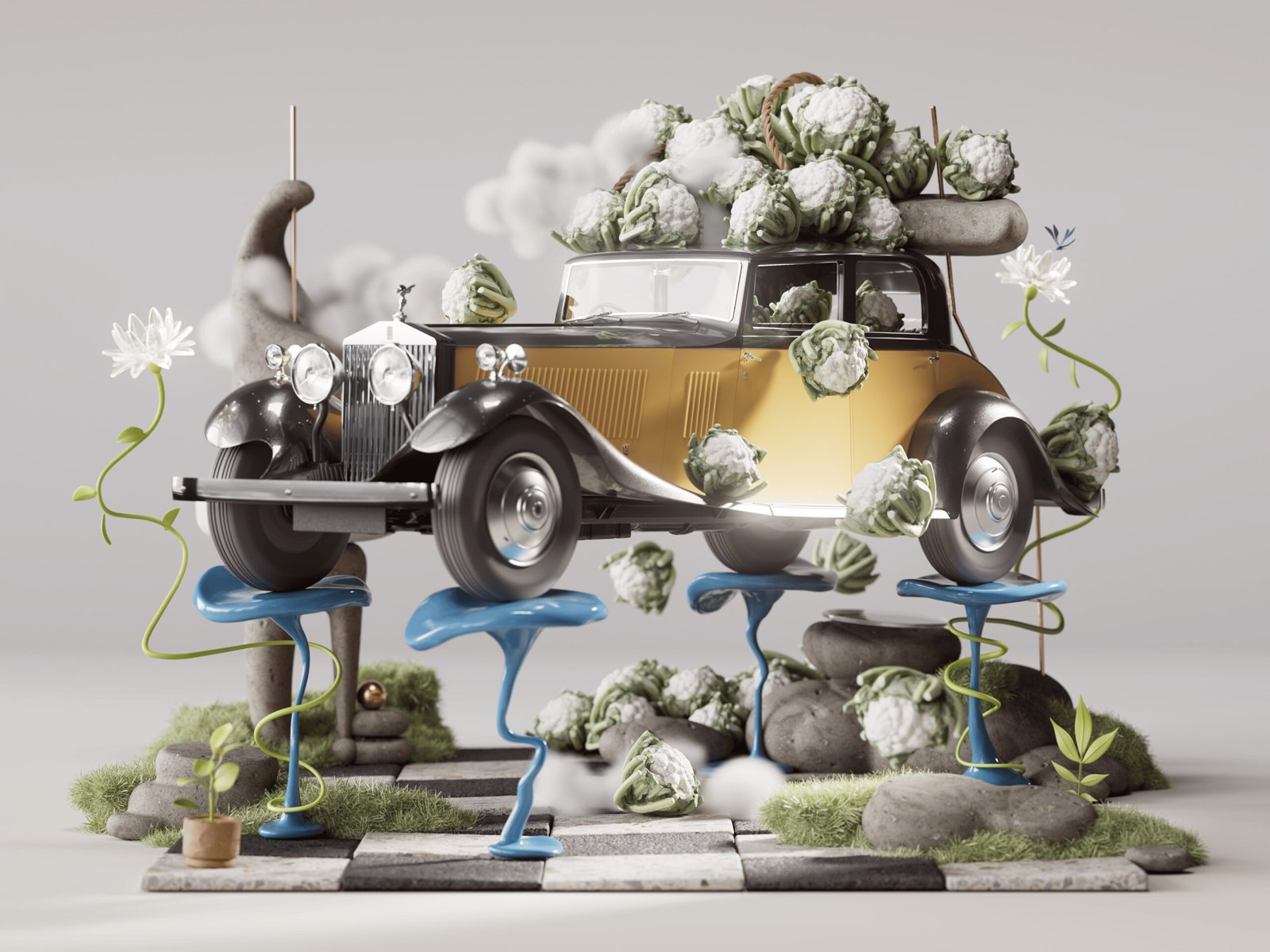
One of Phantom’s most surreal moments came in 1955, when Salvador Dalí, ever the master of spectacle, arrived at Paris-Sorbonne University in a Phantom crammed with half a ton of cauliflowers. The absurdity was deliberate, the statement unmistakable—a perfect fusion of surrealism and luxury. Decades later, Rolls-Royce immortalised this moment by commissioning a contemporary artwork inspired by Dalí’s brassica-laden arrival, proving that Phantom’s stories are as unconventional as they are unforgettable.
Another chapter in this artistic lineage belongs to Andy Warhol, who, after meeting Dalí in New York, went on to own a 1937 Phantom converted into a shooting brake. Purchased on a whim from an antique shop in Zurich, Warhol’s Phantom became part of his personal narrative, embodying the fusion of Pop Art’s bold style with the understated elegance of Rolls-Royce craftsmanship. To honour Warhol’s legacy, the marque has commissioned a modern reinterpretation of Phantom through a Pop Art lens—bridging the glamour of Studio 54 with timeless motoring prestige.
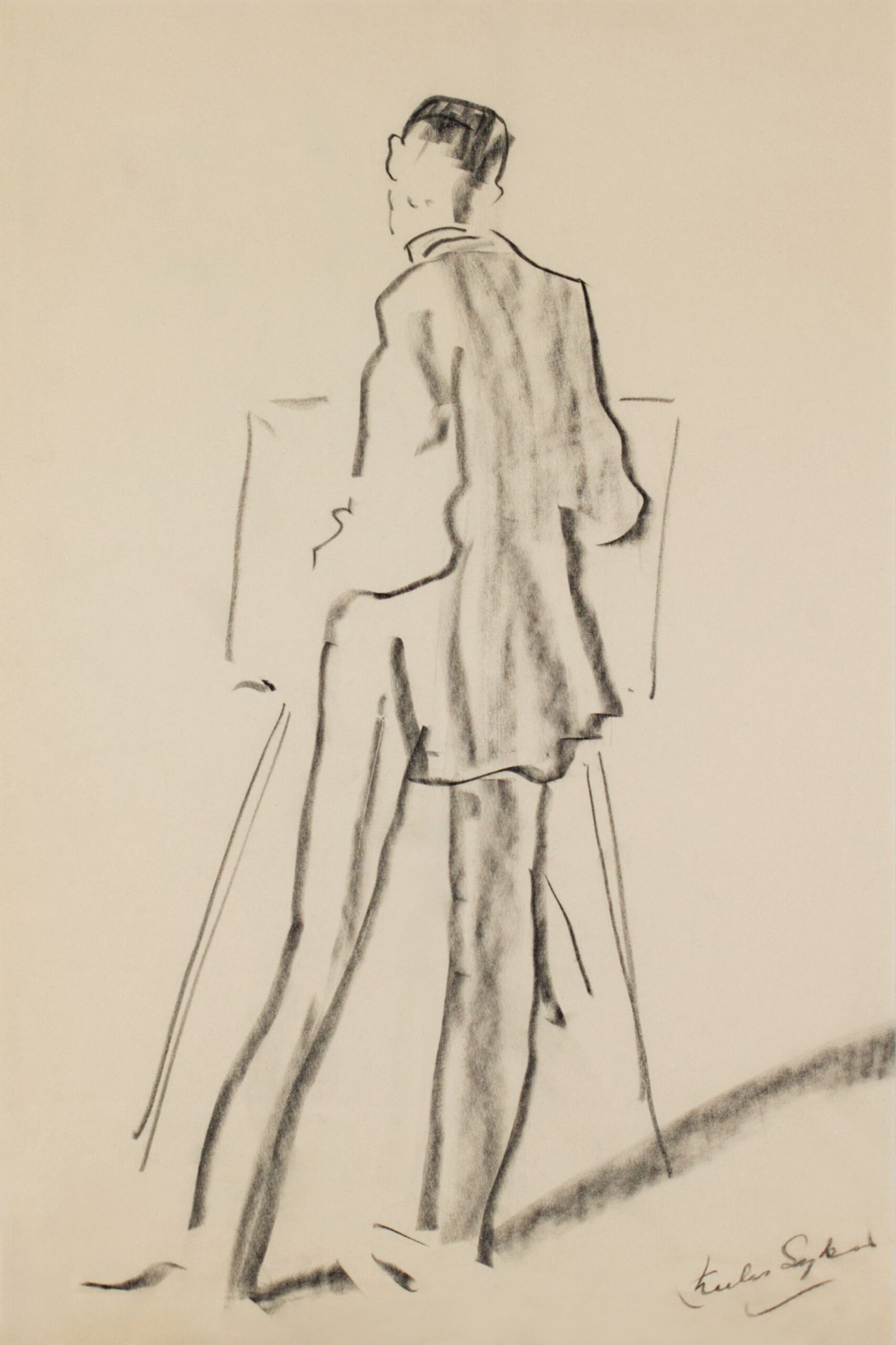

This relationship between car and creator stretches back to the Spirit of Ecstasy itself. Designed in 1911 by Charles Sykes, the mascot was conceived with the grace of a fairy balanced on the bonnet, inspired in part by the Winged Victory of Samothrace. For decades, Sykes and later his daughter Jo oversaw each piece by hand, making early mascots not only brand symbols but works of fine art in their own right.
Phantom has also been a literal exhibit—displayed in institutions like London’s Saatchi Gallery and the Smithsonian Design Museum in New York. These appearances cemented its role as a cultural artefact, admired not just for its engineering but for its sculptural form and the stories it carries. Each generation has brought new interpretations of luxury, yet the core remains unchanged: Phantom is designed to inspire.

Collectors and creatives alike see Phantom as more than a possession; it is a bespoke extension of identity. Its vast, elegant surfaces, refined interiors, and masterful engineering invite personalisation at the highest level, transforming each commission into a one-of-a-kind artwork. The car’s presence in the art world reflects a shared philosophy—craft, rarity, and vision endure long after trends fade.

